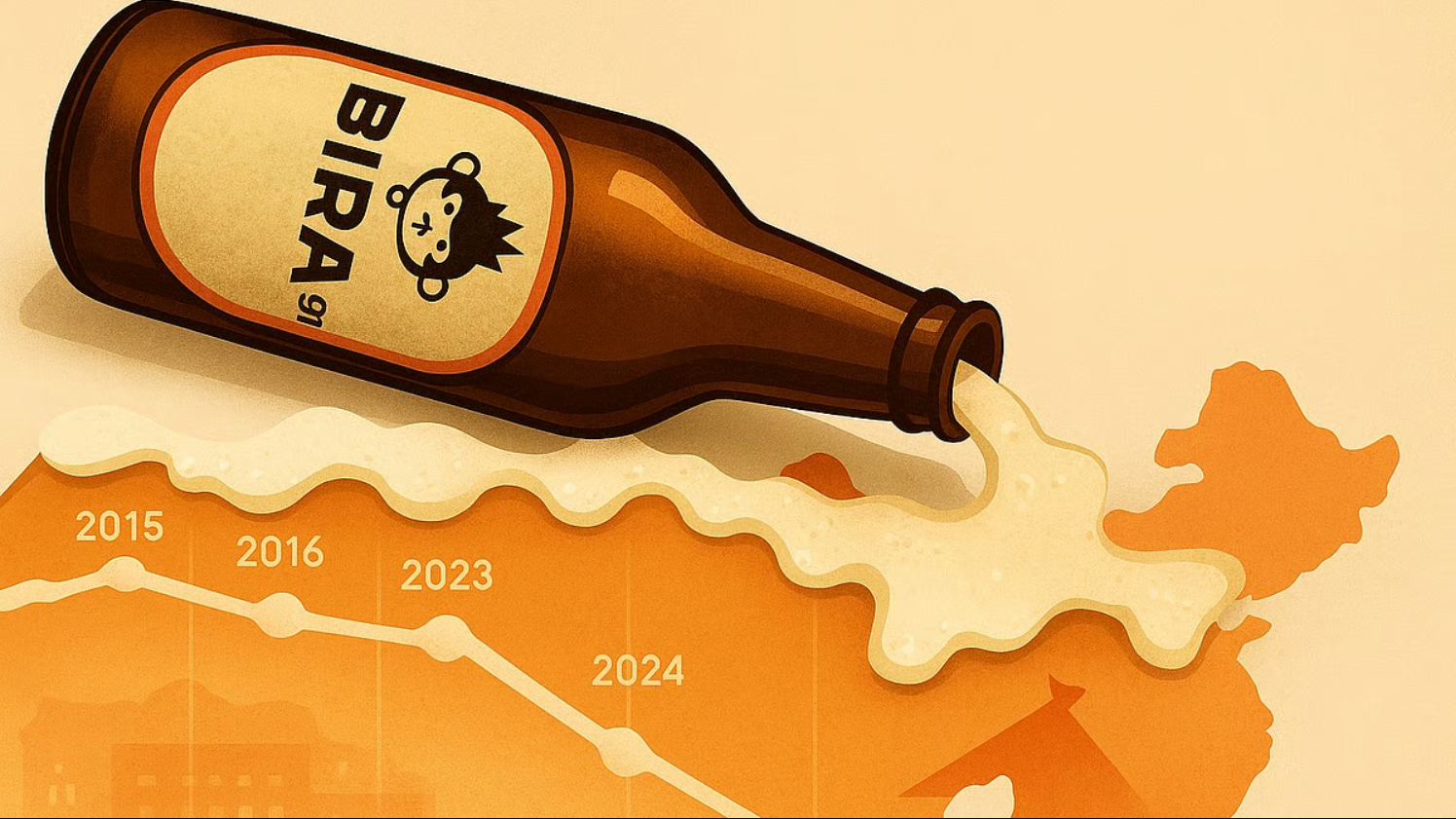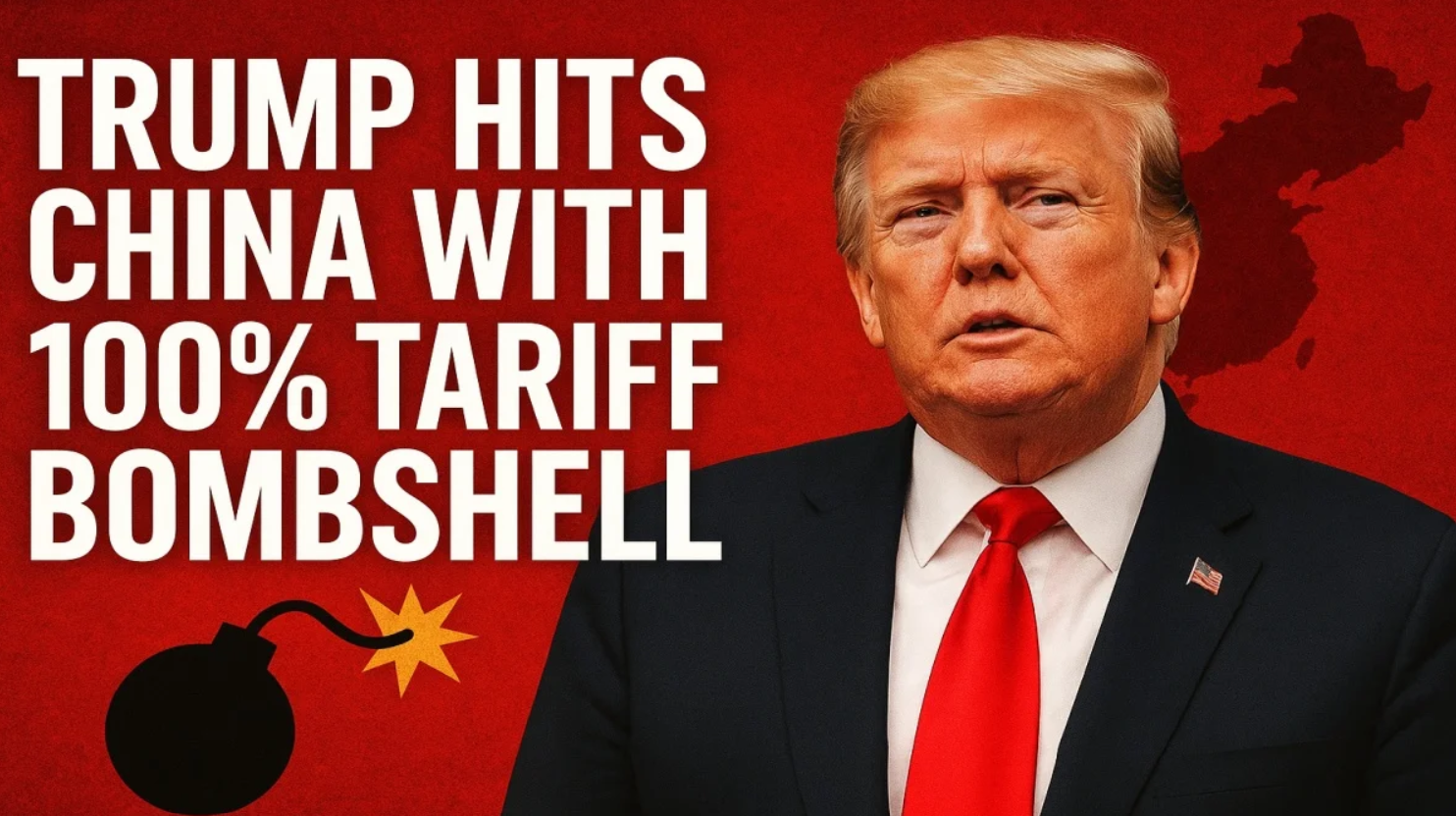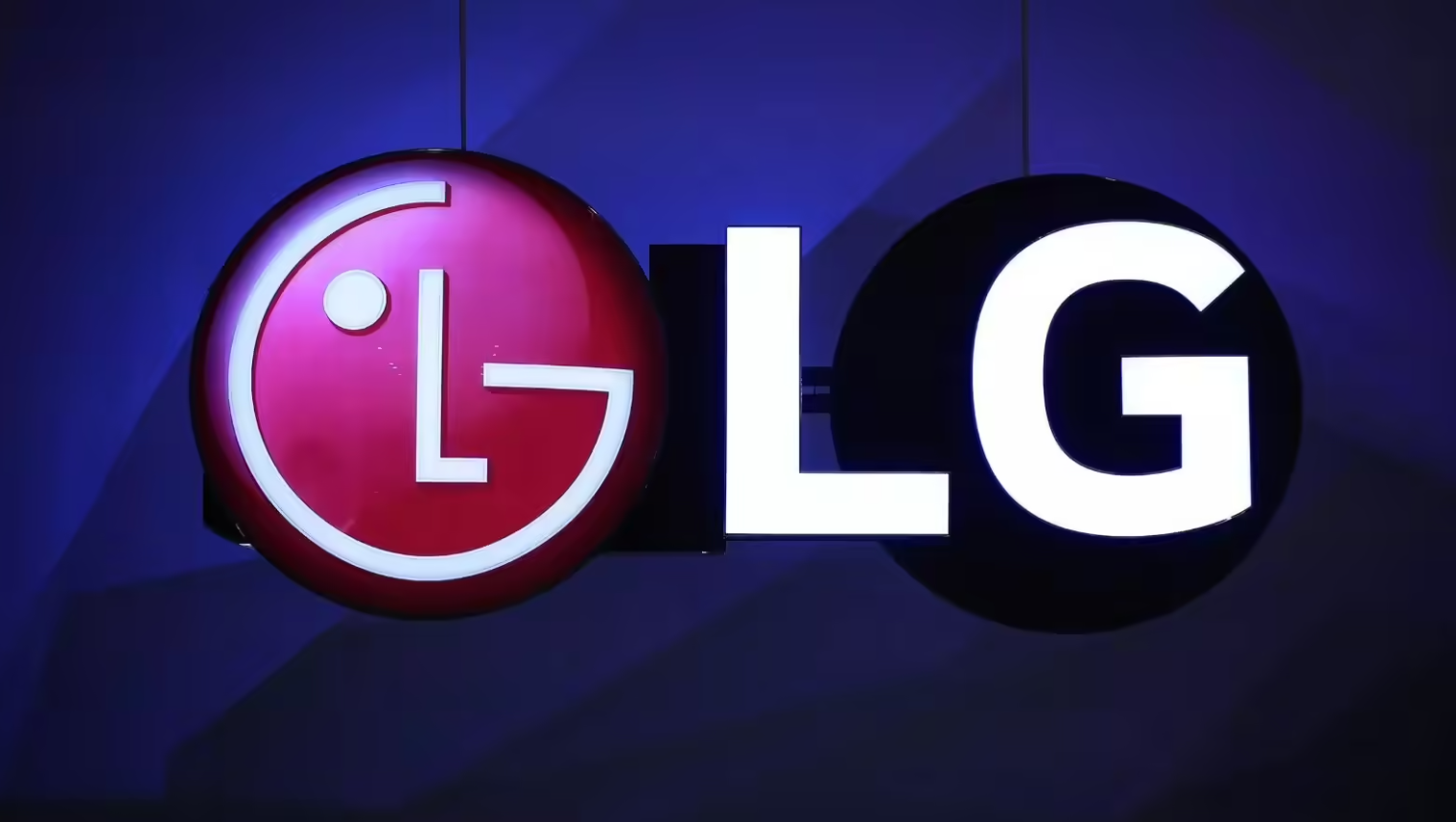SBI Cards, India’s only listed pure-play credit card issuer, is going through a phase of quiet but complex repair. After holding strong at second place for years, it now finds itself pushed to third in terms of credit card market share. HDFC Bank remains firmly at the top, while ICICI Bank has edged ahead of SBI Cards in recent quarters. At the center of this evolving scenario is Salila Pande, who took charge as managing director and CEO in April 2025.

Her first few months at the helm have been anything but easy. The company’s market share in total card spending dropped to 16.7 percent in June, compared to 18.2 percent for ICICI Bank and over 27 percent for HDFC Bank. Although the number of active cards has increased to 19.1 percent of the market from 18.5 percent last year, spending levels have not kept pace, reflecting a shift in consumer behavior and rising financial stress.
The most recent quarterly numbers show that net profit dropped to 556 crore rupees, down from 594 crore a year earlier. While margins held steady at 11.2 percent, credit costs surged to a four-year high of 9.6 percent. This spike in costs is largely due to a growing number of delinquencies, not just among new customers, but also among long-term clients.
During an analyst call, Pande acknowledged that financial stress was affecting even loyal, longstanding users. She pointed out that many of these cases were tied to sudden life events and not necessarily weak underwriting. This highlights deeper, structural issues within the company’s portfolio. A significant portion of accounts under stress belong to customers who have been with SBI Cards for years, complicating the recovery process.

The issue of legacy stress is a key concern. For many years, GE Capital managed the back-end technology and processing, while SBI used its extensive network to drive sales. That partnership ended in 2017 when GE exited the business globally. While the company moved ahead with new stakeholders like Carlyle Group, the absence of GE’s expertise left a noticeable gap, especially in handling portfolio risk.
Today, SBI Cards is trying to regain lost ground with a more cautious strategy. New customer acquisitions in the first quarter of FY26 have dropped to a multi-quarter low, especially from open market channels. Management has explained this as a deliberate shift to focus on high-quality customers. However, it also suggests a pullback from earlier aggressive expansion — a move that analysts view as necessary, but one that slows momentum.
Adding to the challenge is the churn in leadership. Chief risk officer Shantanu Srivastava recently stepped down, raising concerns over internal stability. Analysts have noted that key personnel exits at this stage could hinder recovery. The typical two-year tenure for SBI Cards’ CEOs may not offer enough time for a full turnaround, especially given the current pressures.

Despite the headwinds, the company expects to add close to one million new cards per quarter and has projected a receivables growth of 10 to 12 percent for FY26. This is lower than the earlier outlook of 12 to 14 percent, but perhaps more realistic given the current credit environment.
SBI Cards remains optimistic about improving margins in the coming quarters by reducing its cost of funds. The company is also investing in better risk controls and tighter underwriting processes to manage future delinquencies. However, analysts caution that gaining back market share will not be easy. One banking expert observed that in previous years, SBI Cards aggressively acquired customers that other banks were avoiding — a strategy that led to short-term gains but longer-term issues.
From a market standpoint, the share price has also reflected investor anxiety. Once trading above 1,100 rupees in 2021, the stock has declined to 804 rupees as of the last closing. While valuation remains attractive to some investors, the turnaround story is still unfolding.
SBI Cards now finds itself in a delicate position — balancing recovery with growth, repairing legacy issues while redefining strategy, and retaining investor trust while facing strong competition. The next few quarters will be crucial in determining whether India’s original credit card trailblazer can regain its momentum.
For more updates on credit, banking, and personal finance, follow You Finance on Instagram and Facebook.















